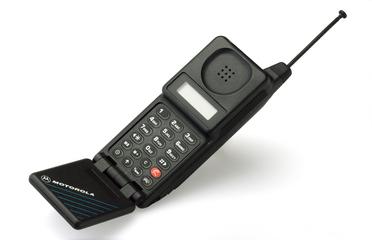
Morse sounder, 1835-1910
- Made:
- 1835-1910 in unknown place






Morse sounder, unknown maker, 1835-1910. Used by the Post Office from 1874
Morse sounder, unknown maker, 1835-1910. Used by the Post Office from 1874.
Morse code was the standard code for communicating by telegraph. The code uses a series of short and long connections in the electric current, usually called 'dots' and 'dashes'. These dots and dashes could then be decoded to reveal the message being transmitted. A telegraph sounder comprises a spring-loaded metal arm, pivoted near the middle. At one end is an electromagnet and at the other, an anvil. When a current passes, the electromagnet pulls the arm down, making a 'clunk'. When the current ceases the arm springs back against the anvil with another clunk. A dash is about three times as long as a dot, so the time interval between clunks indicates the dot or dash. The arrangement frees the operator to write down the message as it is received.
Details
- Category:
- Telecommunications
- Object Number:
- 1911-17
- Materials:
- wood (unidentified), plastic (unidentified), metal (unknown) and copper (alloy)
- Measurements:
-
overall: 175 mm x 175 mm x 115 mm, 1.59 kg
- type:
- telegraph
- credit:
- Donated by H.M. Postmaster General




